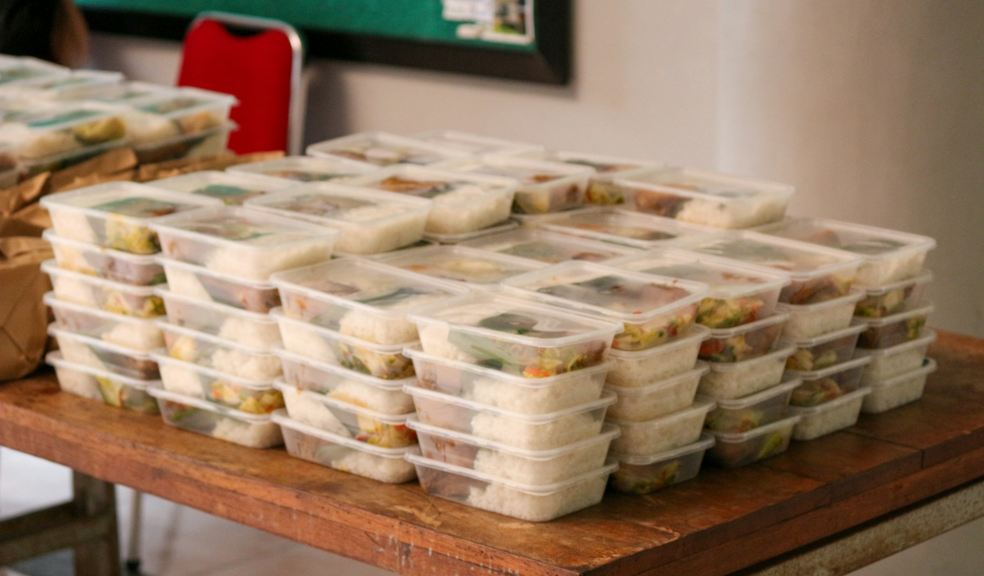
Catering Storage Secrets: The Right Containers for Large Events
Behind every seamless banquet service lies an often-overlooked hero: the storage system that keeps ingredients fresh, organised, and ready for flawless execution. Professional caterers understand that container choices impact everything from food safety to kitchen workflow efficiency, especially when handling hundreds of covers. The difference between chaos and calm during crunch time frequently comes down to selecting the right vessels for each culinary purpose.
Durable catering plastic containers form the backbone of most operations, but material alone doesn't guarantee success. The interplay between container dimensions, stacking mechanisms, and temperature requirements creates either smooth workflows or operational nightmares. Mastering these variables separates caterers who struggle with last-minute scrambling from those who execute with military precision.
Temperature-Specific Solutions
Hot holding cabinets demand different properties than chilled storage units. Insulated stainless steel pans maintain safe temperatures for buffet service, while perforated deli containers allow proper airflow for prepped vegetables. Savvy caterers colour-code lids to instantly identify contents that require refrigeration versus those that are stable at room temperature.
The Stackability Factor
Vertical space optimisation becomes critical when prepping for 500-guest weddings. Interlocking containers that nest when empty but seal securely when full maximise van and kitchen space. Rectangular designs typically outperform round ones in terms of transport efficiency, although some delicate desserts require cylinder-shaped vessels to maintain their presentation.
Portion Control Precision
Consistency across serving stations hinges on standardised vessels. One-third-size hotel pans, which hold exactly 12 portions, eliminate guesswork during plating. Clear measurement markings on sides allow quick visual confirmation of quantities, while modular dividers create compartments for garnishes or sauces.
Material Science Considerations
Polycarbonate withstands repeated heating cycles without warping, unlike cheaper plastics. Glass containers prove ideal for acidic ingredients that react with metal. At the same time, stainless steel is best suited for high-fat items that tend to stain porous materials. The smartest operations maintain a mix-matched menu to requirements.
Labelling Systems That Work
Masking tape fails when condensation appears. Chemical-resistant labels with bold, moisture-proof printing withstand the conditions of walk-in freezers and industrial dishwashers. QR code systems take this further, linking to preparation timestamps and allergen information via kitchen tablets.
Transport-Specific Designs
Caterers moving between venues need containers with latches that won't pop open on bumpy roads. Angled corners prevent vacuum locks during unloading, while non-slip bases keep stacks stable in transit. Some high-end lines incorporate GPS trackers to monitor the location of valuable service ware.
The Dirty Dish Equation
Calculating container needs requires accounting for washing cycles during events. For multi-course dinners, having three full sets ensures that clean vessels are always available: one in use, one being cleaned, and one staged for the next course. Smart caterers include this math in initial purchase quantities.
Specialised Shapes for Specific Dishes
Sushi catering demands different containers than barbecue service. Compartmentalised bento boxes simplify Asian menu execution, while full-size steam table pans suit Southern comfort food. The most successful operators build container inventories tailored to their signature products or services.
Future-Proofing Investments
Exceptional catering operations understand that flawless execution begins long before service—it's rooted in meticulously planned storage systems where every container serves a strategic purpose, transforming potential back-of-house chaos into a symphony of efficiency that preserves food quality, maximizes staff productivity, and ultimately protects profit margins while delivering the seamless dining experiences that define truly professional catering..











